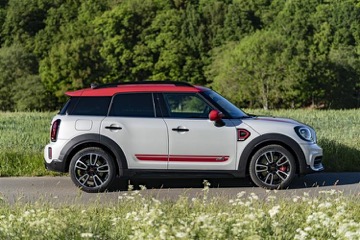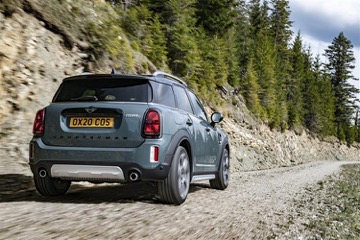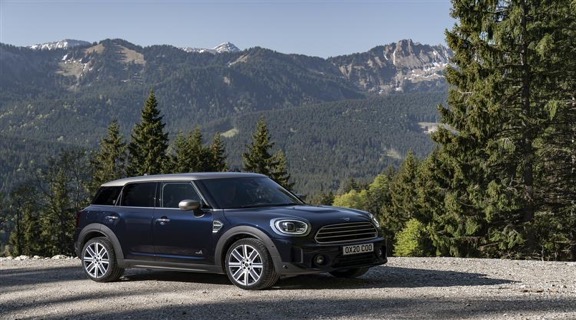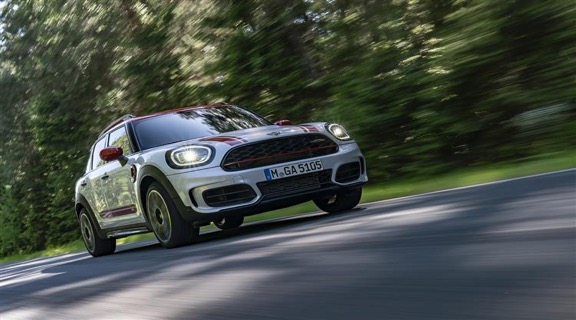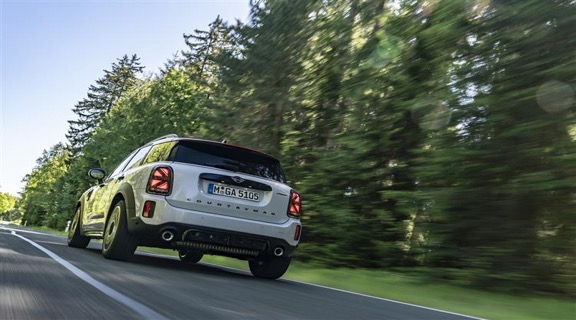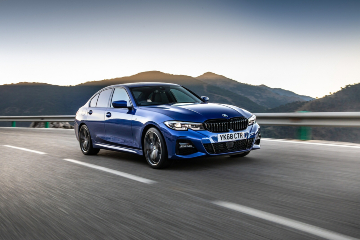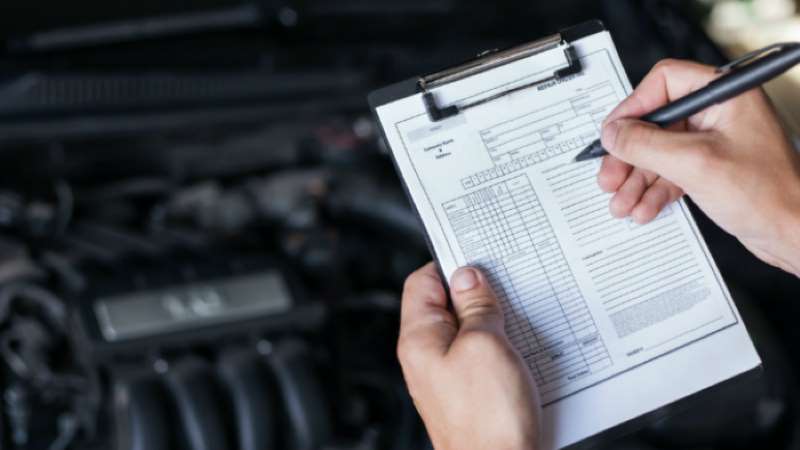MINI Countryman Lease Deals
The MINI Countryman is a fashionable, small SUV that majors on practicality while still offering retro-style charm. Think of it as the family-friendly big brother of the regular MINI – it remains fun to drive, but now it has additional space for the kids too.
The massive range of customisations make it as individual as you need it to be and it doesn’t skimp on interior quality or tech either. All this makes the Countryman a unique leasing prospect in a very competitive marketplace. Find out more about leasing a MINI Countryman with Vanarama today.














